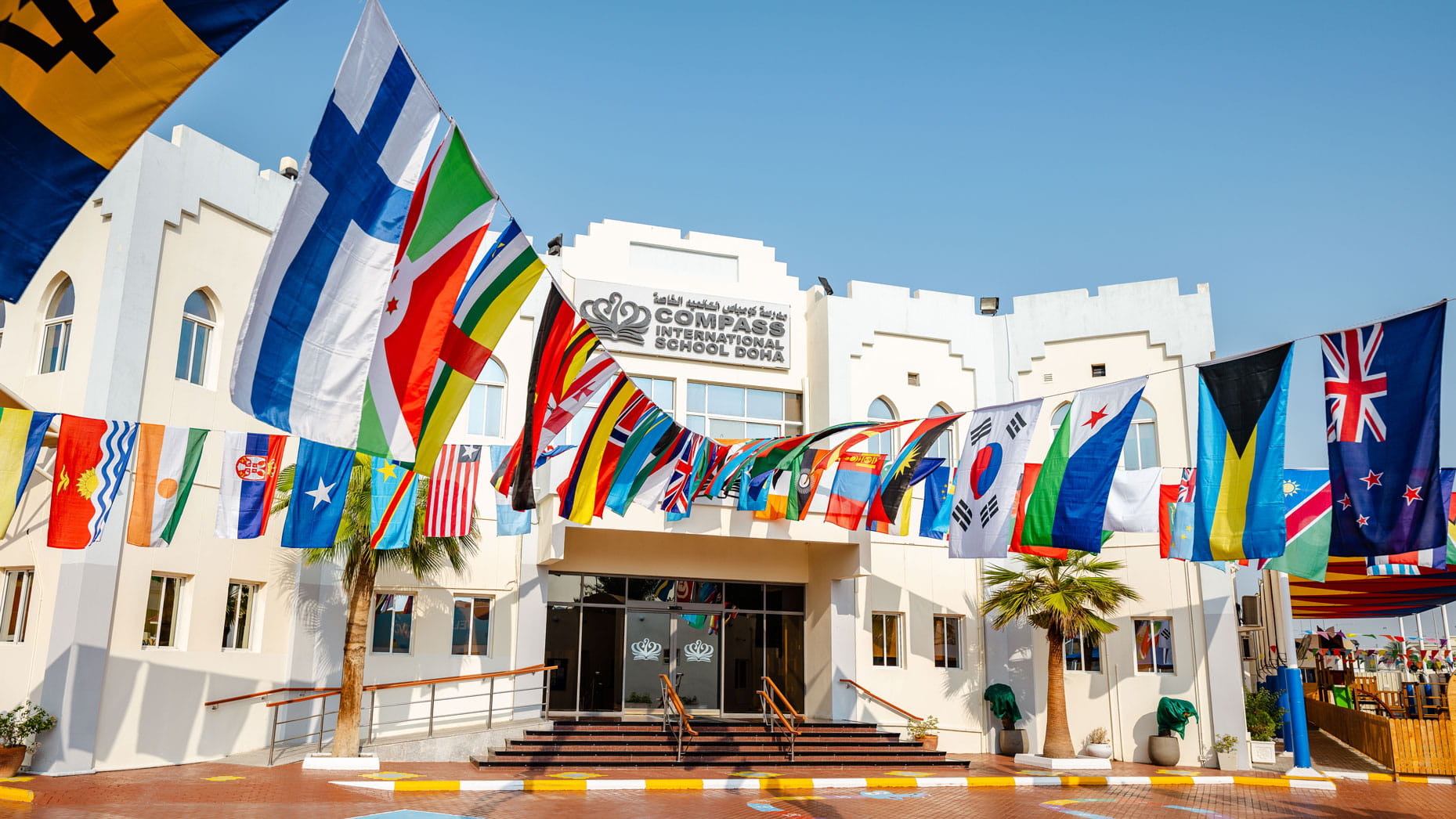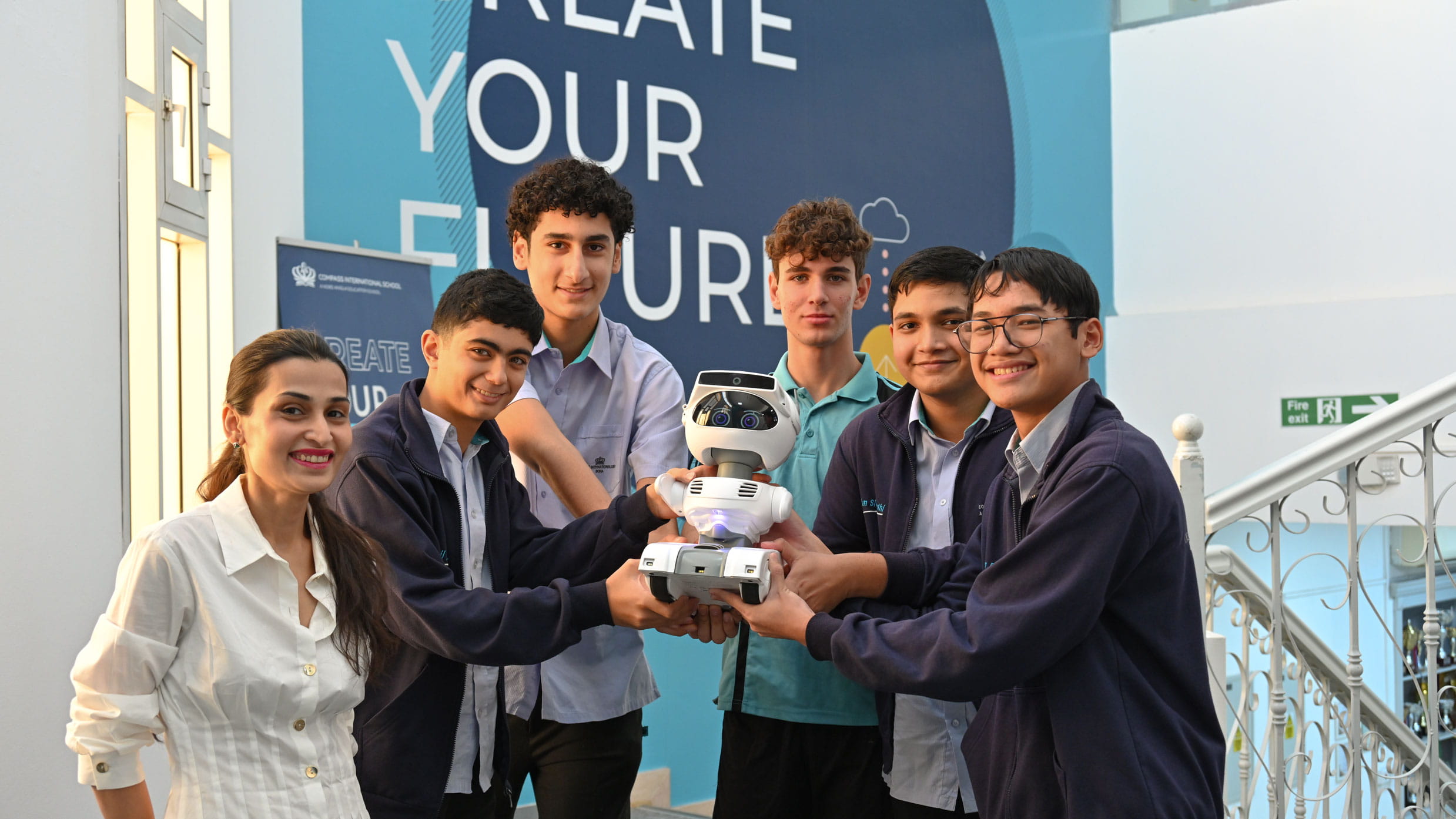It can be argued that one of the most prominent developments in education in the early 21st century has been the onset of STEAM learning within the educational setting. Originally presented as STEM – Science, Technology, Engineering, and Mathematics, delivered not as standalone subjects but as an integrated approach – is now combined with Art to promote innovation, curiosity, collaboration, and communication amongst learning activities and between the students themselves.
At Compass, this approach aligns perfectly with the ambitious goals we set for our students, both in primary and secondary settings. In doing so, STEAM has become an integral part of our teaching and learning provision, both explicitly and implicitly, especially when thinking about the potential of learning activities and how we can develop knowledge, understanding, and transferable skills within the skillset of our children.
Primarily we do this by collaborating with the renowned Massachusetts Institute of Technology (MIT) to present three key challenges to the children across the academic year, linked to an overarching theme. This year, that theme is entitled ‘Life!’, and the children are exploring three micro-aspects related to this theme – cell life, alien life, and social life.
At Compass, children recently explored this theme by exploring a range of STEAM activities relating to cells and organisms, a very scientific concept at heart. Children in Years 1 and 2, after using a resource on the Seesaw platform to orient themselves to the idea, created models of a cell using gummies and jelly! Children in Year 4 replicated this idea using more traditional materials such as beads, cardboard, glue, tissue paper, and tape. One aspect of the challenges is for students within Nord Anglia to respond to a pre-designated activity suggested by our colleagues at MIT; in this instance, to use any three materials to create something unique (and in doing so, replicate how cells and atoms divide and multiply to create unique beings such as ourselves). One class in Year 5 really took to this idea, using paper, string, and an elastic band to construct a variety of different items such as wristbands, wallets, and cutlery! Another class in Year 3 used a piece of green paper, a coloured matchstick, a split pin, and pipe cleaner to come up with creations such as language cards, a light cable, a sketchpad, and a ‘smile bag!’
These activities are all examples of how a scientific principle can lend itself to design and technology outcomes, just like in real life. But STEAM as an integrated approach also provides opportunities for logical thinking and both artistic and written literacy. For instance, our main activity was for the children from all year groups to observe the cells of onion skin through microscopes borrowed by our colleagues in secondary school, which we called the ‘pop-up lab’. Their task was to safely observe the onion skin at different levels of magnitude using the objective lens. The task was differentiated for Years 5 and 6 who also used stands of their hair for the same task, preparing the observation using coverslips and iodine. The children would then record their observations both in writing and through drawing.
Within these activities, it could be observed how the learning environment inspired the children to interact, communicate and think, in addition to the key element of what makes learning memorable – fun.
Mr. Barnett – STEAM Coordinator






